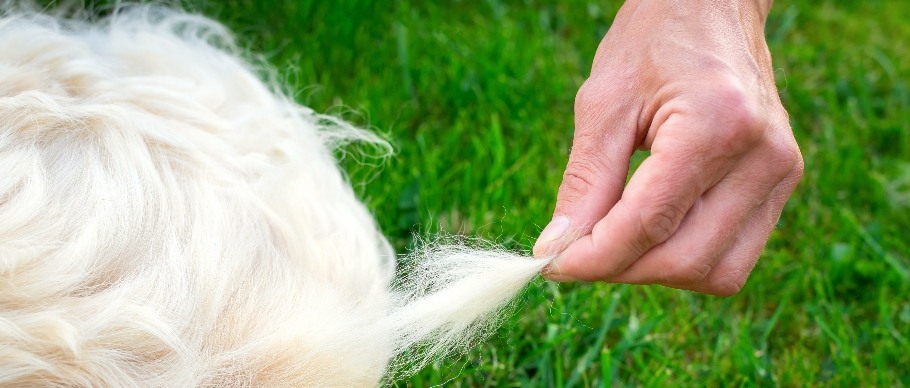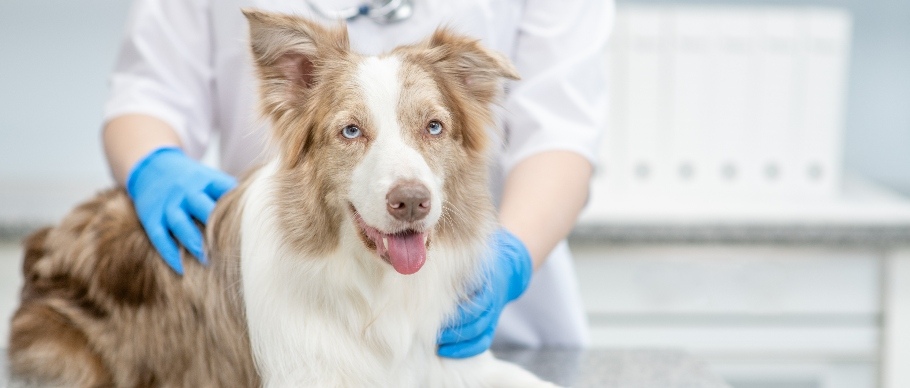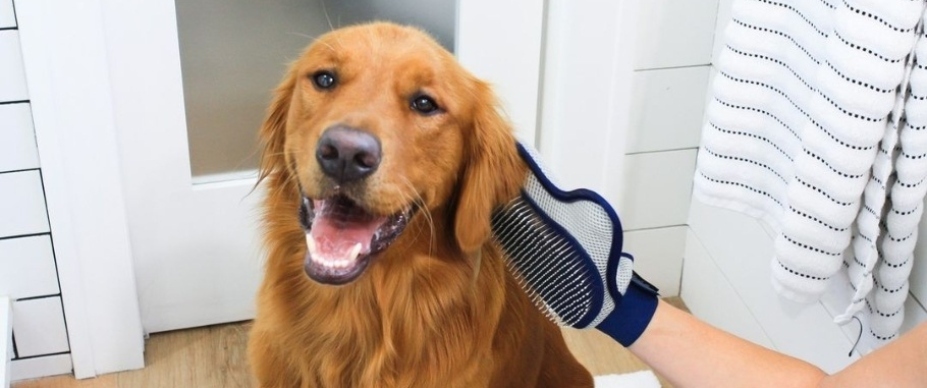5 Tips to Survive Dog Shedding Season
It doesn't take long to know when dog shedding season has begun! Cleaning up all that hair can seem like a losing battle at times, but understanding shedding patterns can help you better manage this common pet parenting challenge. Follow these tips to conquer shedding season and keep your home (and dog!) as clean as can be.
#1: Identify When Your Dog Sheds the Most
Dogs' ancestors grew heavy winter coats in the fall and light summer coats in the spring, making spring and fall high-shedding seasons. However, many modern furry friends do not follow this pattern. Now that dogs mainly live indoors with us, some no longer require seasonal shedding and instead shed consistently each month. Dog breeds with a single coat, such as Poodles and Boston Terriers, tend to shed lightly year-round.
On the other hand, double-coated dogs shed the most during the spring and fall. Fluffy dog breeds like Akitas and Samoyeds that blow their coats need extra grooming during these seasons. Once you understand when your dog is most likely to shed, you can prepare yourself with the right tools and cleaning routine.
#2: Brush Your Dog Frequently
Although you can’t stop your dog from shedding, you can reduce the amount of loose hair in your home and keep dog hair off your couch. That's why the most important step is to brush your dog regularly. Depending on your dog's coat type, you may need one or more of the following tools:
- Bristle brush
- Comb
- Curry brush
- Mat and tangle remover
- Pin brush
- Scissors
- Shedding blade
- Slicker brush
Brushing not only captures loose, dead hair but also distributes natural oils throughout the coat, making it softer, sleeker, and more likely to stay put!
#3: Feed a Nutritious Diet
Did you know your pup's food can impact how much they shed? Dog hair thrives on protein and omega-3 fatty acids, and deficiencies of them can lead to dead hair and flaky skin. Choose high-quality foods that contain these nutrients to help prevent excess shedding. For even more wholesome benefits, our Healthy Promise® Skin & Coat dog supplements combine essential ingredients to support a soft coat and healthy skin.
You should also provide your dog plenty of fresh water. Dehydrated skin can worsen excessive shedding, so keeping their bowl full plays an important role in your furry friend's coat health.
#4: Know When to Seek Veterinary Care

If you notice that your dog is shedding excessively, consult your veterinarian. Unusual shedding patterns such as hair loss in patches, symmetrical hair loss on certain parts of the body, or hair loss accompanied by another skin problem may indicate a more serious issue. Dogs who suffer from allergies or stress may also shed excessively and benefit from a vet visit to target and treat the cause of their health issues.
#5: Puppy Parents: Expect Your Dog to Get a New Coat
Puppies are born with a coat of soft, fluffy fur that eventually sheds until a thicker, stiffer adult coat takes its place. You can typically expect this to occur when your puppy is four to six months old, but the age range can vary depending on their breed. Sometimes the colors and markings on your puppy's new coat will even change.
Shedding Season Is No Match for You!
With the proper equipment and grooming schedule, you can confidently take charge of dog shedding season. Dedicate time for regular brushing sessions, especially if your furry friend blows their coat biannually. Combing your dog's fur can even provide a therapeutic experience, making grooming time a special treat!








